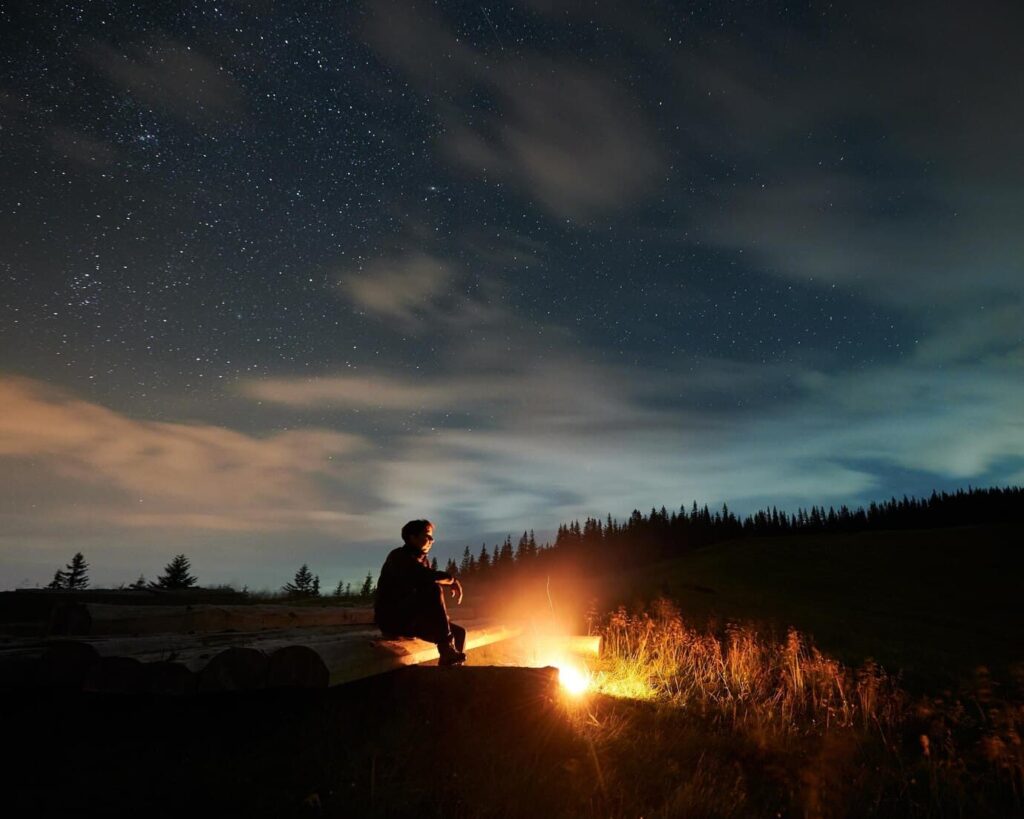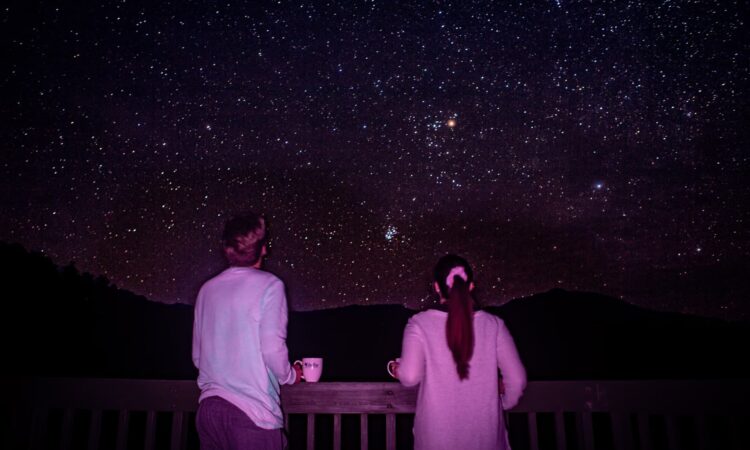Great Barrier Island, located off the coast of New Zealand, is one of the few places on Earth where the night sky remains untouched by light pollution. Recognized as a Dark Sky Sanctuary by the International Dark-Sky Association, the island offers some of the most stunning celestial views imaginable. Whether you’re a seasoned astronomer or just someone who appreciates the magic of the stars, Great Barrier Island provides the perfect setting to witness the universe in all its glory. Let’s explore the best locations where you can marvel at the cosmos.
Medlands Beach: A Secluded Coastal Observatory
Medlands Beach is a top-tier spot for stargazing thanks to its vast open skies and complete lack of artificial lighting. Located on the eastern side of the island, this beach is far from urban areas, making it an ideal location for watching meteor showers, identifying constellations, and even glimpsing the Magellanic Clouds with the naked eye.
What makes Medlands Beach particularly unique is the reflection of the night sky on the gentle waves, creating a mirror effect that enhances the experience. For those interested in astrophotography, the contrast between the sandy dunes and the endless sky creates the perfect composition. Bring a reclining chair, a warm blanket, and let yourself be immersed in the cosmos above.
Awana Bay: Nature’s Planetarium
Awana Bay is another unmissable location for stargazing on Great Barrier Island. With rolling dunes and a secluded shoreline, this area offers a panoramic view of the southern sky. On clear nights, the Milky Way stretches across the sky in dazzling clarity, revealing a breathtaking band of stars and interstellar dust.
This location is ideal for both casual skywatchers and experienced astronomers. Because it is so far removed from artificial lights, you can witness celestial events such as lunar eclipses, planetary alignments, and even occasional auroras during peak solar activity. The sound of the gentle ocean waves adds to the tranquility, making Awana Bay an exceptional place to connect with nature and the cosmos.
Mount Hobson (Hirakimata): A View From Above
For those who don’t mind a bit of an adventure, the summit of Mount Hobson (Hirakimata) provides one of the highest vantage points for stargazing on the island. The hike to the top takes about two to three hours, but the reward is well worth the effort. At 627 meters above sea level, the summit offers an unobstructed 360-degree view of the night sky, free from atmospheric interference at lower altitudes.
From this elevation, the stars seem to be within reach, and on a particularly clear night, you can observe deep-sky objects such as the Orion Nebula and the Andromeda Galaxy with binoculars or a telescope. Pack some warm clothing, as temperatures at the summit can drop significantly at night, and take a headlamp for the descent.
Windy Canyon: A Natural Observatory
Windy Canyon is another phenomenal stargazing location with the added bonus of dramatic rock formations that frame the night sky. The canyon itself serves as a natural observatory, where the darkness is so complete that even faint celestial bodies become visible. The short walk to the viewpoint is relatively easy, making it accessible for most visitors.
One of the best times to visit Windy Canyon is during a new moon, when the sky is at its darkest. The isolation of this spot ensures a peaceful experience, where you can lie back on the rock surfaces and let the sheer magnitude of the universe wash over you.
Kaitoke Hot Springs: A Soaking Stargazing Experience
For a truly unique stargazing adventure, Kaitoke Hot Springs combines relaxation with breathtaking astronomy. Located in the heart of Great Barrier Island, these natural thermal pools allow you to soak in warm waters while gazing up at a sky bursting with stars.
This location is perfect for those who want a multi-sensory experience—warm water, crisp night air, and a brilliant cosmic display. The hike to the hot springs is relatively short, about 45 minutes, making it an easy and rewarding journey. Just remember to bring a waterproof flashlight and avoid using bright lights that could disrupt the dark sky experience for others.
Tips for the Best Stargazing Experience on Great Barrier Island

A little preparation can transform an ordinary night of stargazing into a truly unforgettable experience. To make the most of your stargazing adventure, keep these key tips in mind:
- Check the Moon Phase: A new moon or crescent moon provides the darkest skies for optimal viewing.
- Use a Star Map or Astronomy App: Apps like SkyView or Star Walk can help you identify constellations and planets.
- Bring Binoculars or a Telescope: While the naked eye offers a great view, optical equipment can reveal even more celestial wonders.
- Dress Warmly: Even in summer, temperatures can drop significantly at night, so layers are recommended.
- Avoid Artificial Lights: Keep flashlights and phone screens dimmed or use red filters to preserve night vision.
Final Thoughts: A Stargazer’s Paradise
Great Barrier Island is one of the few remaining places where the sky remains untouched by modern light pollution. Whether you’re on the beach, hiking up a mountain, or soaking in natural hot springs, the night sky here is a spectacular display of the universe’s vast beauty. If you’ve ever wanted to experience stargazing in its purest form, Great Barrier Island should be at the top of your list.
So, where will you be setting up your telescope tonight?
